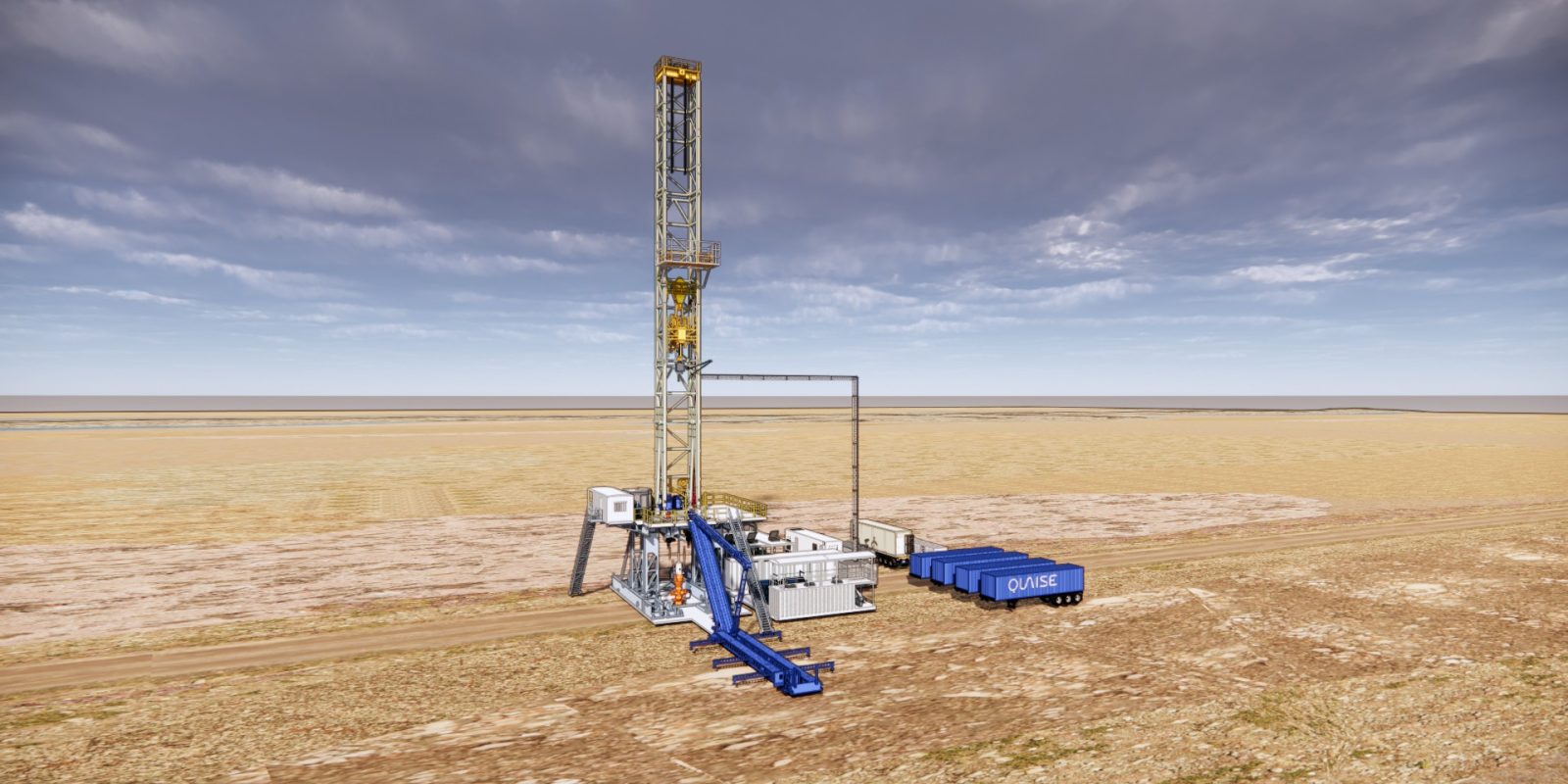Here’s how deep geothermal drilling might be clean energy’s future

Quaise Energy is on a mission to prove that deep geothermal drilling could provide more than enough clean energy to meet the world’s needs as we move away from fossil fuels. Matt Houde, cofounder at Quaise Energy, explained its potential at the TEDX Boston Planetary Stewardship Event last week.
The post Here’s how deep geothermal drilling might be clean energy’s future appeared first on Electrek.
Quaise Energy is on a mission to prove that deep geothermal drilling could provide more than enough clean energy to meet the world’s needs as we move away from fossil fuels. Matt Houde, cofounder at Quaise Energy, explained its potential at the TEDX Boston Planetary Stewardship Event last week.
The aim of the Boston event, which was timed to run at the same time as COP27 in Egypt, was to “spotlight actionable ideas for human activity to achieve a sustainable relationship with the planet’s natural systems,” according to TEDX Boston’s website.
Deep geothermal’s potential
Houde, a speaker at TEDX Boston, explained why deep geothermal has so much potential:
The total energy content of the heat stored underground exceeds our annual energy demand as a planet by a factor of a billion. So tapping into a fraction of that is more than enough to meet our energy needs for the foreseeable future.
But we can’t yet drill deep enough to unlock that energy. Houde continued:
If we can get to 10 miles down, we can start to find economic temperatures everywhere. And if we go even deeper, we can get to temperatures where water [pumped to the site] becomes supercritical, [a steam-like phase that will allow] a step change improvement in the power production per well and so cheapen the cost of energy.
The deepest hole that’s been drilled to date, the Kola borehole in Russia, is 7.6 miles deep. It took 20 years to complete because conventional equipment like mechanical drill bits break down at those depths.
“And the truth is, we’ll need hundreds if not thousands of Kola boreholes if we want to scale geothermal to the capacity that’s needed,” Houde said. He went on to assert that Quaise:
[I]s developing technology to blast rock with microwaves to potentially drill the deepest holes on Earth. And no, I’m not stealing a plot device from Star Trek. This technology is real and has been proven in [an MIT] lab.
Deep geothermal’s possibility
Houde explained the benefits of deep geothermal energy in general. These include being available 24/7, which “can help balance out the intermittent flows of wind and [solar].” Deep geothermal plants also won’t need much land. Houde illustrated this with an artist’s rendition of a future rig next to truck shipping containers (see main photo).
Houde also said that deep geothermal is “the perfect energy source to take advantage of the largest workforce in the world, the oil and gas industry.” That industry has “11 million jobs in the US alone, and a skill set that is exactly what’s needed for geothermal to rapidly scale.”
Drilling with microwaves
Quaise is working to replace conventional drill bits with millimeter wave energy – cousins to the conventional microwaves we heat up our leftovers with. Those millimeter waves literally melt then vaporize the rock to create ever-deeper holes.
Scientists developed the general technique at MIT over the last 15 years, and proved that millimeter waves could actually drill a hole in basalt. The gyrotron machine that produces the millimeter wave energy has been used for around 70 years in nuclear fusion research.
Quaise’s technique also uses conventional drilling technologies developed by the oil and gas industry. The company will use these to drill down through surface layers – what they were optimized for – to basement rock – which millimeter waves can easily power through.
Houde explained that millimeter waves “are ideal for the hard, hot, crystalline rock deep down that conventional drilling struggles with.” They’re not as efficient in the softer rock closer to the surface, but “those are the same formations that conventional drilling excels at.” That’s why Quaise applies a hybrid approach to the problem.
Challenges remain
There are still several challenges that Quaise has to tackle in order to scale its technology, including a better understanding of rock properties at great depths. Further, Houde said, “we need to advance the supply chain for gyrotrons” and the waveguides that carry their energy downhole. That equipment is currently optimized for specialized one-off projects in fusion research. For deep geothermal applications, they must be produced in quantity and be robust and reliable in a field environment.
There are also engineering challenges that must be addressed. Houde said:
Chief among them is, how do we ensure full removal of the ash [created by the process] and transport that ash up the borehole over long distances?
Progress so far
In the MIT lab, engineers drilled a hole in basalt with a 1:1 aspect ratio – 2 inches deep by 2 inches in diameter. Quaise built upon MIT’s results by scaling up the power density of the microwave beam and the depth of the hole by a factor of 10 to achieve a 10:1 aspect ratio. The company is now building the first field-deployable prototype millimeter-wave drilling rigs.
Houde said:
Our current plan is to drill the first holes in the field in the next few years. And while we continue to advance the technology to drill deeper, we will also explore our first commercial geothermal projects in shallower settings.
Image: Hector Vargas/Quaise Energy
UnderstandSolar is a free service that links you to top-rated solar installers in your region for personalized solar estimates. Tesla now offers price matching, so it’s important to shop for the best quotes. Click here to learn more and get your quotes. — *ad.
FTC: We use income earning auto affiliate links. More.
